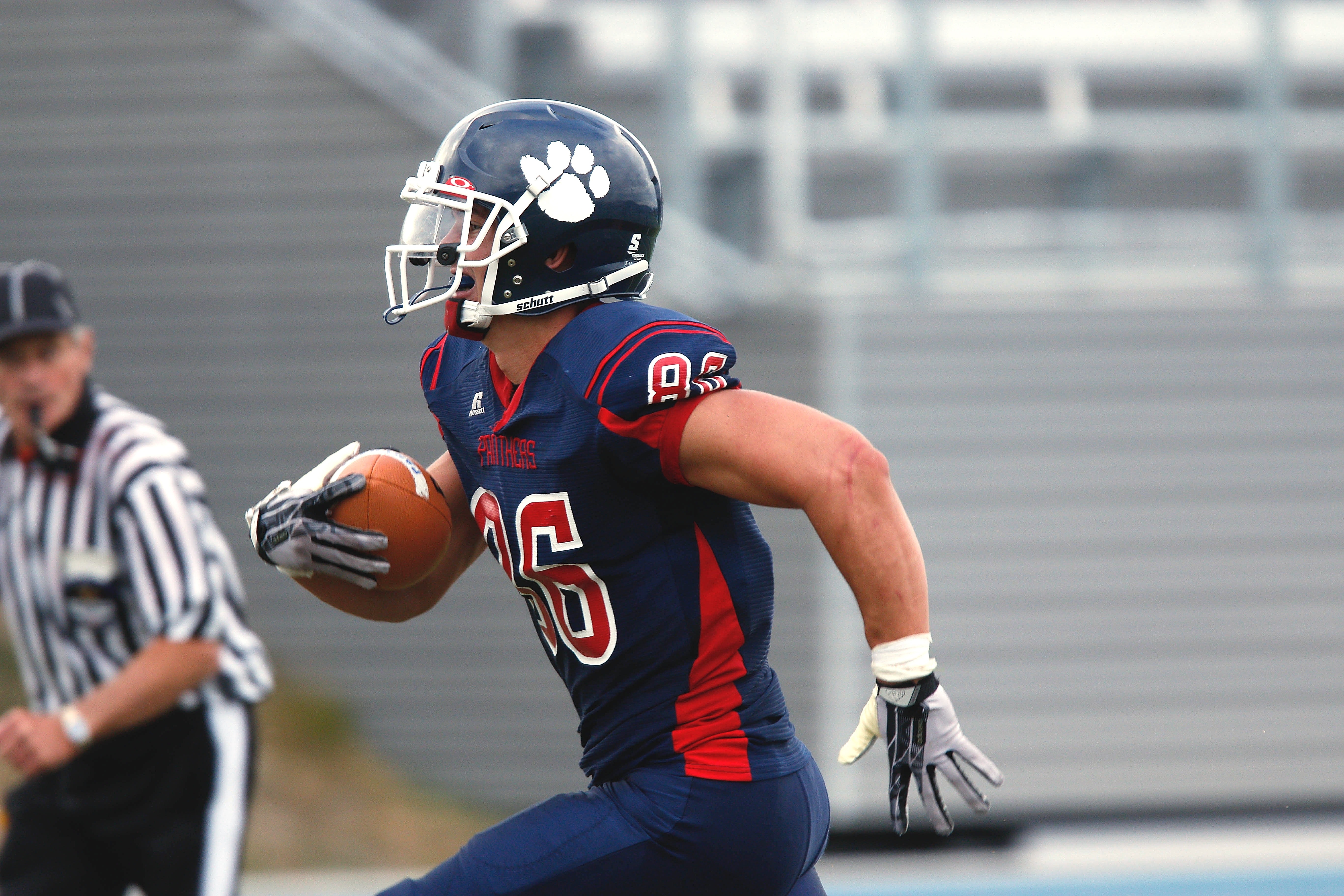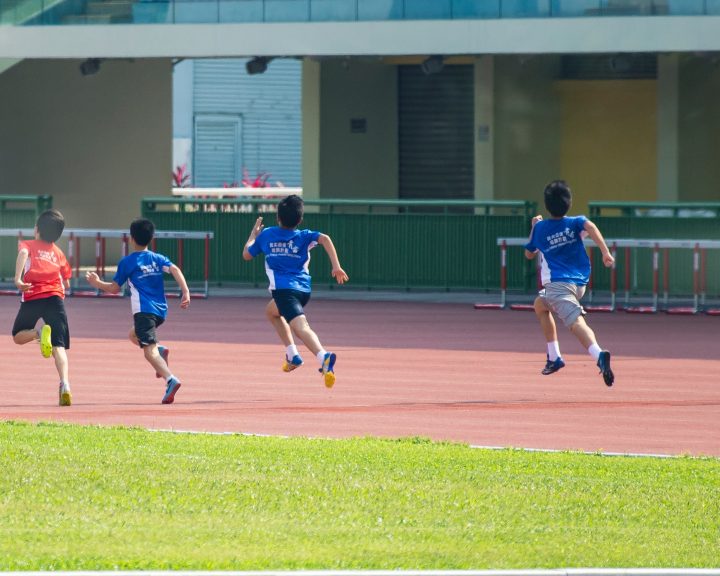Periodization is an interesting concept for a coach. It is enormously logical, it has its own language which makes its practitioners part of an elite club, it prepares athletes to peak, it helps to prevent overtraining, and it works. If it didn’t work none of us would waste our time with this. There are also some real challenges with periodization, and I’m going to spend some time on these.
First, 90% of the time when discussing periodization people are discussing strength training. The challenge here is that the concept was developed to be the totality of the athlete’s training experience. This means that in addition to strength training, a seriously periodized plan has to balance out sports practices, recovery methods, speed training, agility, plyometrics, and anything else that the athlete does.
Second, most of the periodization research doesn’t deal with the totality of an athlete’s experience. They are short-duration studies (usually a university semester in length), using college students that are not athletes as subjects, only focusing on strength training, etc. As I’ve written about elsewhere, this makes it really difficult to apply the results of these studies to athletes.
Third, periodization lends itself to dogma and the controlling of language. Think about it, we have linear periodization, nonlinear periodization, block, conjugate, Westside, undulating, daily undulating, etc. By controlling the language and the terms, we make ourselves the experts and can sell our ideas.
Regardless of the periodization model that someone is using, all of them have some commonalities:
- They are preparing an athlete to perform at their best during competition.
- They seek to balance out the training means and methods to:
- Peak
- Improve performance
- Prevent overtraining
- All periodization models have periods of:
- Getting into shape
- Applying that fitness to the sport
- Gradually performing more focused, specialized, and intense training
- Periodization models apply all the above to every type of training and practice that the athlete does
- All periodization models label things differently, even though the concepts are similar
If we accept, in general, that there are three periods (get into shape, apply fitness, and specialized training) then these can be alternated as needed. They can be longer of shorter depending upon the level of the athlete (for examples, beginners need more time to get into shape, elite athletes need more specialized training). Taking each mode of exercise, below are some thoughts about how these might change with the different training periods:
- Strength training: I think that the majority of athletes need to be working on strength and power year-round, not just a few weeks prior to the season starting. So this needs to be a component of any strength training regardless of the time of year. In general, the getting into shape period is about fundamental exercise technique and building a physical foundation. Mostly multi-joint, basic exercises (squat, pull, press, that sort of thing). As the athlete moves into applying the fitness, intensity increases somewhat and there is an even greater emphasis on strength and power. For example, instead of training each once a week as we might in the getting into shape period, we might train each twice a week. In addition, the exercises become a little more complicated as technique progresses. In the specialized period of training, the athlete is in-season so we need to get the most bang for our buck. Unless there is a deficiency our focus is completely on strength and power and to maximize training time we may be incorporating complexes or contrast training.
- Speed training: Speed training is also an evolution. In the beginning, I like shorter sprints and lots of technique work. Volume needs to be increased gradually in order to prevent overtraining injuries. As training becomes more specialized, it becomes more sport-specific in terms of the distances and the starting techniques. For example, a baseball player doesn’t need to do 200 meter sprints from a block start. As the athlete moves to being in-season and the training becomes the most specialized that it will get, I think it’s appropriate to incorporate speed training in with agility training (i.e. combine the two) to make this as applicable as possible. While this is done, all the techniques that have been developed up to this point are reinforced.
- Agility training: In the getting into shape period, agility training might revolve around teaching fundamental movement patterns and helping to maintain reaction time, balance, and mobility. For example, focusing on starts, stops, lateral moves, that sort of thing. As fitness is being applied to the sport, however, this needs to change and it needs to become more sport-specific. It needs to recognize and account for the movement patterns of the sport, its speed, and the ball. By the time the training has become specialized, it should also be including other players and be extremely realistic.
- Plyometrics: Plyometrics are another type of exercise that works best with a series of progressions. While getting into shape, athletes may be focusing on low-level plyometrics and specific techniques (such as landing in a manner that uses the hamstrings). As needed, plyometrics increase in complexity and intensity and the athlete is applying fitness to their sport. When the athlete is in-season, and the training is specialized, plyos can be combined with strength training in the form of complex exercises to maximize the use of the athlete’s training time.
- Conditioning: Conditioning is about being in shape to play the sport and being able to perform at a high level throughout the game, not just in the beginning. When the athlete is getting into shape, it’s going to have a larger emphasis and be more varied than further along into the season. For example, more training tools might be used. As the athlete begins applying their fitness to the sport, the conditioning needs to become more sport-specific in terms of the exercises used and the work:rest intervals. This is an area that is frequently dropped or cut back when the athlete is in-season and the training has become more specialized, but this can always be maintained or resumed if conditioning becomes an issue.
- Sports training: As strength and conditioning coaches, we don’t account for this enough. During the off-season, when the athlete is getting into shape, this is a great time for the athlete to be working on individual skills and enhancing whichever part of their game needs improvement. Once team practices start, athletes continue to work on these skills but are also now learning an offense, a defense (clearly depends on the sport), as well as strategy. This only continues and becomes more intense as the athlete moves to being in-season. This all has to be accounted for in a strength and conditioning program.



